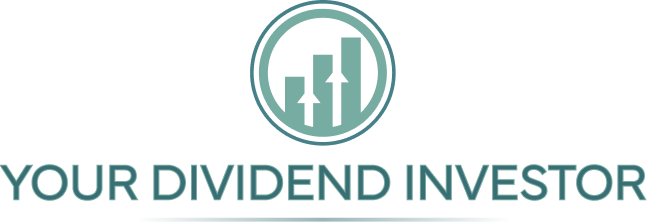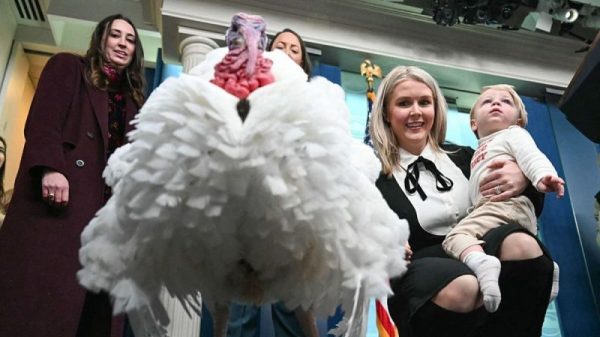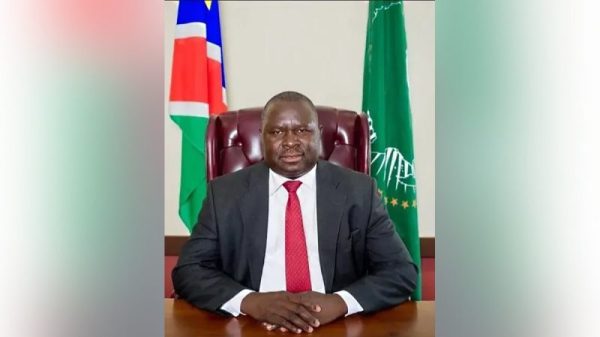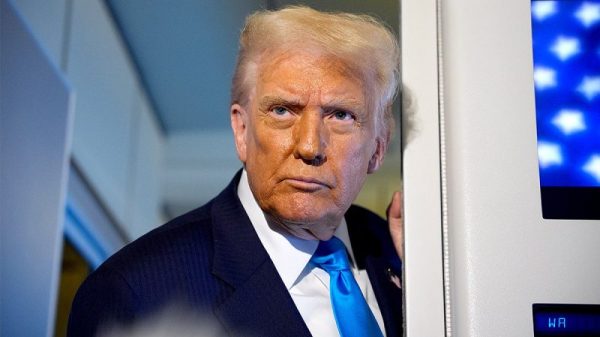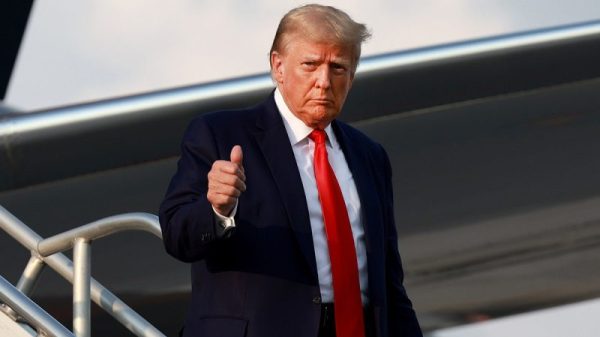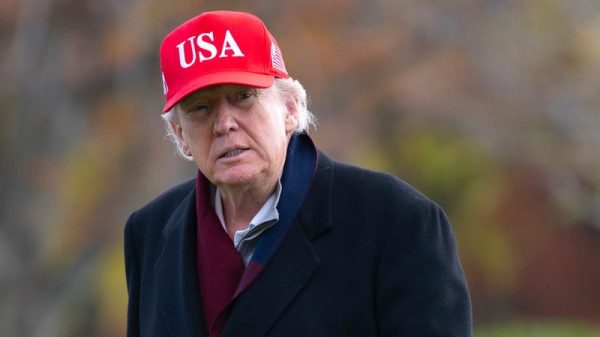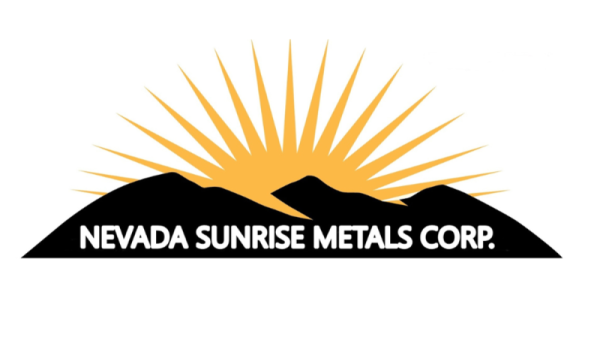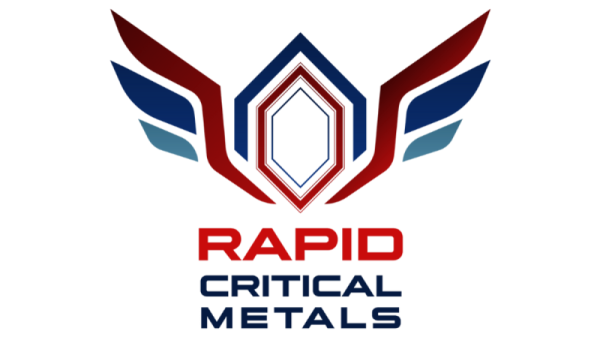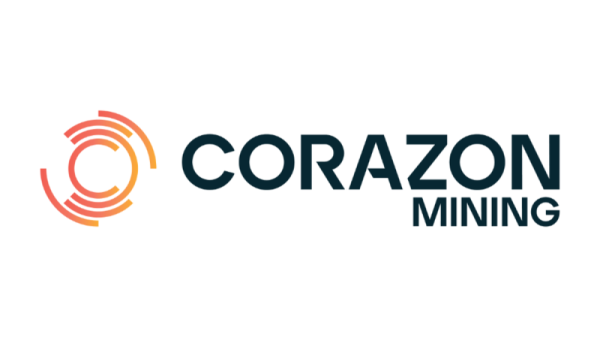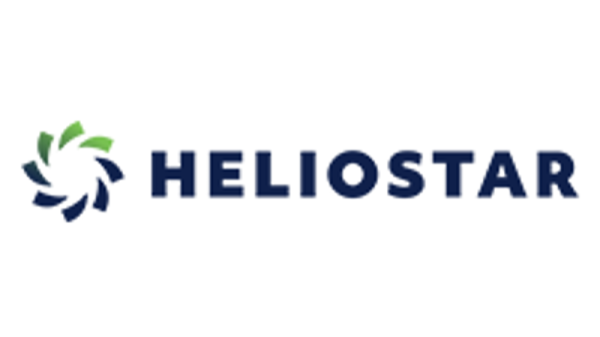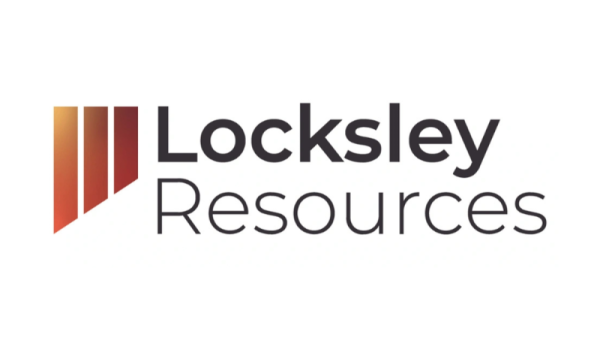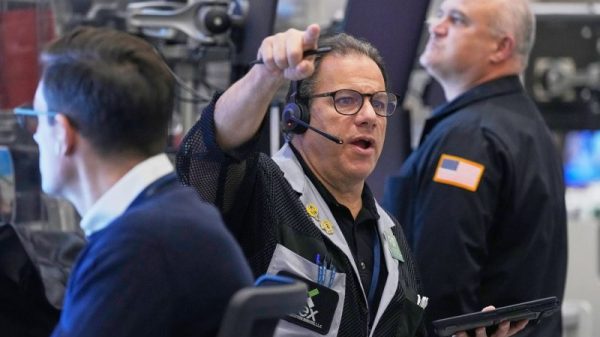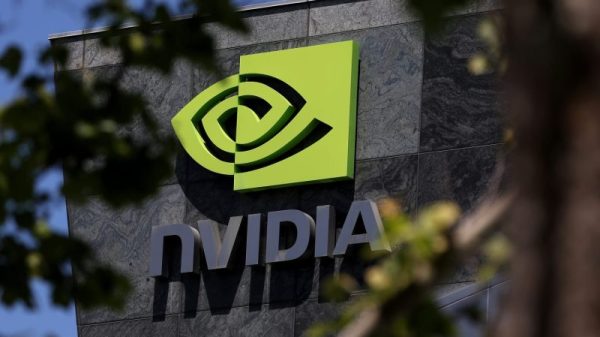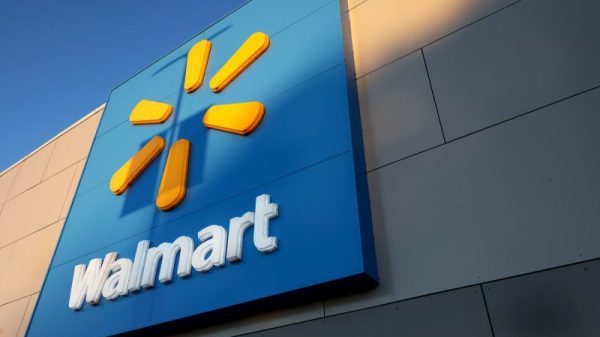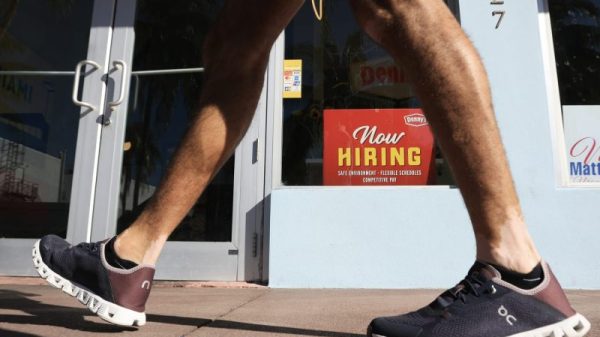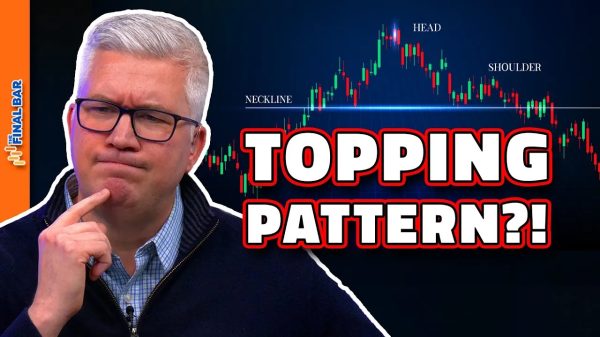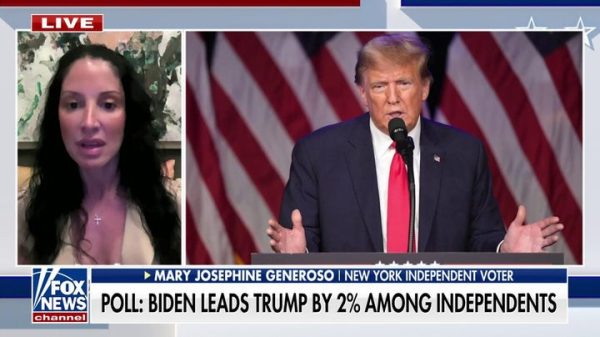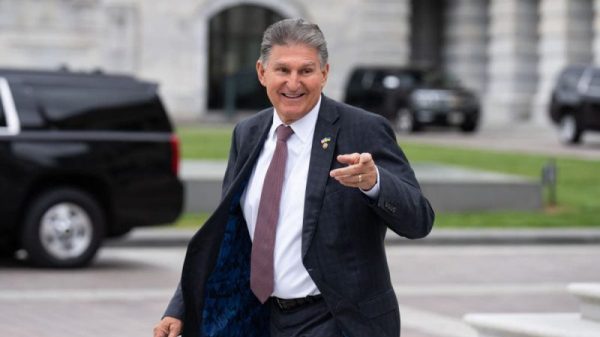With a new school year approaching, it’s time to reset the Cato Private Schooling Status Tracker and see what happened over the last year.
The tracker runs from August 1 through July 31 each year and tracks openings and permanent closures announced during that timeframe. The 2023–24 tracker was similar to the previous year with 46 openings and 58 closures, resulting in a net loss of 12 schools. The 2022–23 tracker listed 47 openings and 54 closures for a net loss of seven schools. Looking back to 2020–21, there were 59 closures after the initial spike of more than 100 closures in the immediate aftermath of COVID-19. This year-to-year similarity in closures seems to indicate things have stabilized when it comes to the health of the private school sector.
These stats raise the question: who cares? Why do we track and report what’s happening among private schools? Since states started to mandate funding and attendance at public schools in the mid-1800s, private schools have faced the tremendous challenge of competing with a tuition-free alternative. In recent decades—and especially since the pandemic—people have increasingly realized one size does not fit all kids when it comes to education. This has led to an increase in school choice programs that allow state education funds to follow kids to a variety of learning options.
However, the spread of educational freedom through school choice programs won’t be helpful if there are no private options available. In a healthy marketplace, underperforming options will close and new providers will open. This mechanism is disrupted in the current system because funding goes to public schools without any link to how well they perform. And private options that serve students well may not be sustainable because their main competition is tuition-free. Programs like education savings accounts (ESAs), tax credit scholarships, and vouchers help provide a more level playing field.
In addition to fairer funding mechanisms, some states are taking steps to ensure new educational options don’t have to jump through unnecessary hoops to open. For example, this year Florida—a long-time school choice leader—passed a law that makes it easier to open new schools. As of July 1, 2024, private schools can be opened in facilities owned or leased by churches, libraries, community service organizations, museums, theaters, and more without needing special use permits or re-zoning. According to Ryan Delk, founder and CEO of the microschool network Primer and one of the advocates for the new law, around 50,000 locations are now eligible to operate schools.
The new tracking year could prove to be interesting with many new and expanded school choice programs being more fully enacted in the last year or two. For example, Iowa and Arkansas have new ESAs, Florida made its ESA universal, North Carolina’s voucher is now universal, and Oklahoma has a new universal refundable tax credit for education. We’ll be keeping an eye out to see how the private school sector fares in the midst of all of these changes.
